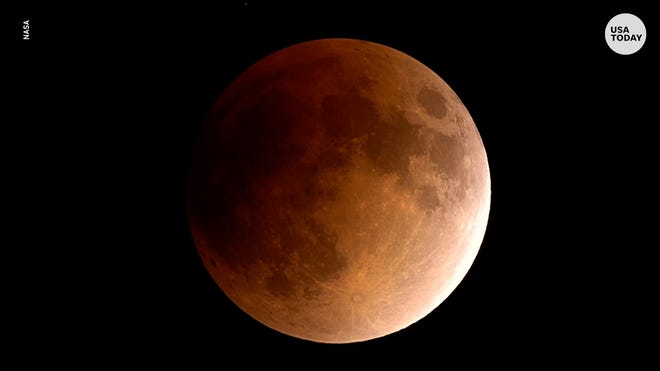
Astrophiles will be in for a treat later on this week as the longest lunar eclipse in nearly 600 years will be on display in the sky.
For a whole three hours and 28 minutes, beginning at around 2 a.m. Friday morning for East Coast observers, the sun, Earth, and moon will align to display a partial lunar eclipse, according to NASA.
The eclipse will be the longest of this century and longer than any other eclipse dating back 580 years.
According to the Cincinnati Observatory, at 4:02 a.m., 97.4% of the lunar surface will be dimmed. The eclipse will end when "the Earth's shadow finally leaves the lunar surface" at around 5:47 a.m. Friday, according to observatory staff.

Observers who are willing to wake up or stay up to watch the eclipse can do so with the naked eye. For the lunar eclipse, you won't need any special sunglasses or equipment to view it, unlike during a solar eclipse.
A lunar eclipse happens when the sun, Earth, and a full moon form a near-perfect lineup in space, in what is known as syzygy, according to the American Astronomical Society. The moon gradually glides into the Earth's shadow, until most of the lunar disk turns from silvery gray to an eerie dim orange or red. Then events unfold in reverse order until the moon returns to full brilliance.
Friday morning's forecast predicts Cincinnati will see temperatures of 32 degrees during the eclipse with 10-mile visibility and 0% cloud cover, according to Accuweather.
This will be the last lunar eclipse of the year, according to the observatory. The next lunar eclipse will take place on May 15, 2022.

Source link









